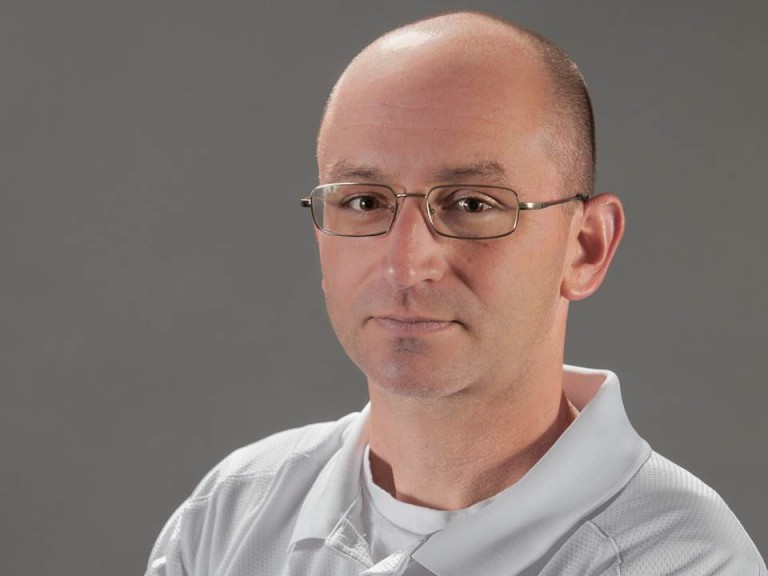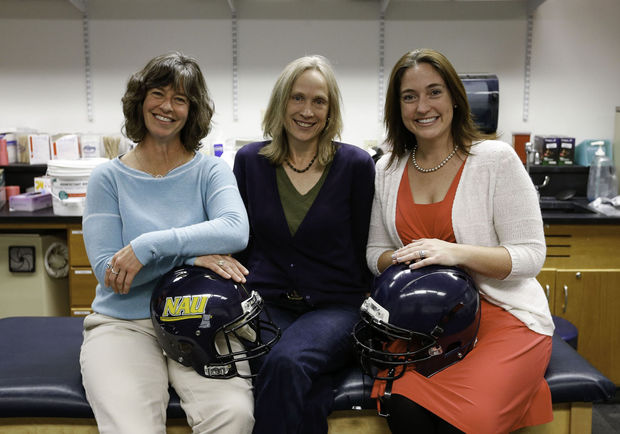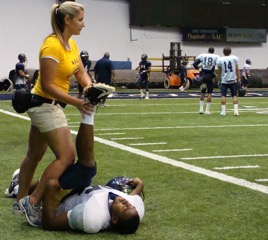
The “work-life balance” for an Army reservist or national guard member working at Northern Arizona University can be anything but balanced without the support of university leaders and staff.
Scot Raab, an Army reservist and assistant professor of Athletic Training Education, knows this first-hand and is thankful for the support he’s received. Last October, Raab nominated NAU for several awards for exemplary support of its employees who serve in the Guard or Reserve.
Arizona’s Committee for Employer Support of the Guard and Reserve—a division of the Department of Defense—recently announced that NAU will be honored with the Above and Beyond Award.
“Over the past five years as a professor in the Athletic Training Department, I’ve received military orders that disrupt my schedule here at NAU, and my department and fellow colleagues have been nothing but understanding and supportive,” Raab said. “Even on a personal level, fellow staffers have gone out of their way to help my wife during times I’m called out of the state for Reserve duty. I’m very happy to learn that NAU will be receiving an award for its continued support of military employees like myself.”
 The award is given to companies and institutions that go above and beyond the legal requirements of the Uniformed Services Employment and Reemployment Rights Act by providing their Guard and Reserve employees additional, non-mandated benefits such as differential or full pay to offset lost wages, extended health benefits and other similar benefits.
The award is given to companies and institutions that go above and beyond the legal requirements of the Uniformed Services Employment and Reemployment Rights Act by providing their Guard and Reserve employees additional, non-mandated benefits such as differential or full pay to offset lost wages, extended health benefits and other similar benefits.
Raab said it is common for guard and reserve plans to change at the last minute, making it challenging for his direct supervisor. In addition to the 14 to 21 days of mandatory Reserve training each year, there also are online training hours, extended drill weekends and the required potential for prolonged active duty orders.
“It’s an honor to be able to support Scot in his service to our country,” said Debbie Craig, director of Athletic Training Education at NAU. “There are not a lot of citizens—including myself—that would give up our current jobs to serve, yet our freedom depends on people being willing to do this. I am fully supportive of Scot’s service in whatever way we can accommodate him and am so pleased that NAU, as an institution, is super supportive through policy for our military personnel.”
NAU will be awarded the Above and Beyond award during the Arizona Committee for Employer Support of the Guard and Reserve Awards Banquet on April 15 in Tucson.
“Knowing my employer not only supports but values what I do as a member of the Army Reserve means a great deal to me,” Raab said. “I’m proud to serve my country and NAU, and grateful to be able to do both at the same time.”



